NIST traceable photocurrent measurements George P.
Author : giovanna-bartolotta | Published Date : 2025-08-06
Description: NIST traceable photocurrent measurements George P Eppeldauer H W Yoon D G Jarrett and T C Larason CORM Gaithersburg May 8 2013 Problems and objectives Present problems 1 Photometric and color measurements are traceable only to
Presentation Embed Code
Download Presentation
Download
Presentation The PPT/PDF document
"NIST traceable photocurrent measurements George P." is the property of its rightful owner.
Permission is granted to download and print the materials on this website for personal, non-commercial use only,
and to display it on your personal computer provided you do not modify the materials and that you retain all
copyright notices contained in the materials. By downloading content from our website, you accept the terms of
this agreement.
Transcript:NIST traceable photocurrent measurements George P.:
NIST traceable photocurrent measurements George P. Eppeldauer H. W. Yoon, D. G. Jarrett, and T. C. Larason CORM Gaithersburg, May 8, 2013 Problems and objectives Present problems 1. Photometric and color measurements are traceable only to the watt SI unit 2. The SI traceability for the detector electrical output signals was not established Objectives To develop detector output signal-measurement sub-scale by Developing reference I-V converters In-situ calibration of feedback resistors against NIST standard resistors (up to 10 GW) Measuring DC current from commercial current source Signal-gain calibrations against the calibrated current source(s) Reference I-V converter J1 and J2 are jumpers Reference I-V converter (cont.) Implements: standard-resistors based sub-scale Photocurrent calibrations: 1 nA to 100 mA Two reference current-to-voltage converters traceable to NIST standard resistors have been developed. After feedback resistor characterizations, selections, heat treatment, and cleaning: In situ calibration in the high resistivity PCB and electrically shielded box (when the J1 and J2 jumpers were removed). Feedback resistor selections Temperature coefficient Deviation from nominal value of a 10 kW resistor from measurements at 1 V (0.1 mA) and 10 V (1 mA) at 23 Co. Deviation from nominal value of a 1 GW resistor with a temperature change from 20 Co and 23 Co at 10 V. 0.153 ppm/V -19.5 ppm/C Feedback resistor calibrations Resistor installation onto the printed circuit board in-situ measurements of the 10 GW DC input current (I) and test I-V converter’s signal-gain (GS) calibrations I-V converter Test I-V substituted for reference I-V: detector shunt resistance I-V conversion (signal-gain) uncertainty depends on loop-gain, GL: open-loop gain Comparison of DC current measurements The expanded uncertainties (k = 2) of commercial low level current measurements of 0.15 % could be reduced by a factor of 10 to 100 by utilizing the NIST converter design and calibration method. 40 ppm Uncertainty budget of DC current measurement with the 3rd generation I-V converter at its all signal-gains using the Keithley 6430 current source Self-validation of the 3rd generation I-V converter The calibrated Rr resistance-ratios against the neighboring, higher gains were checked to determine the agreement with the measured Vr voltage ratios: Average differences of the ratios Uncertainty budget of the signal-gain determination of a test current-to-voltage converter at its 1010 V/A signal-gain using the Keithley 6430 current source calibrated at the 109 V/A gain of the 3rd generation reference I-V converter Changes in the noise amplification (1/bo) of a I-V converter
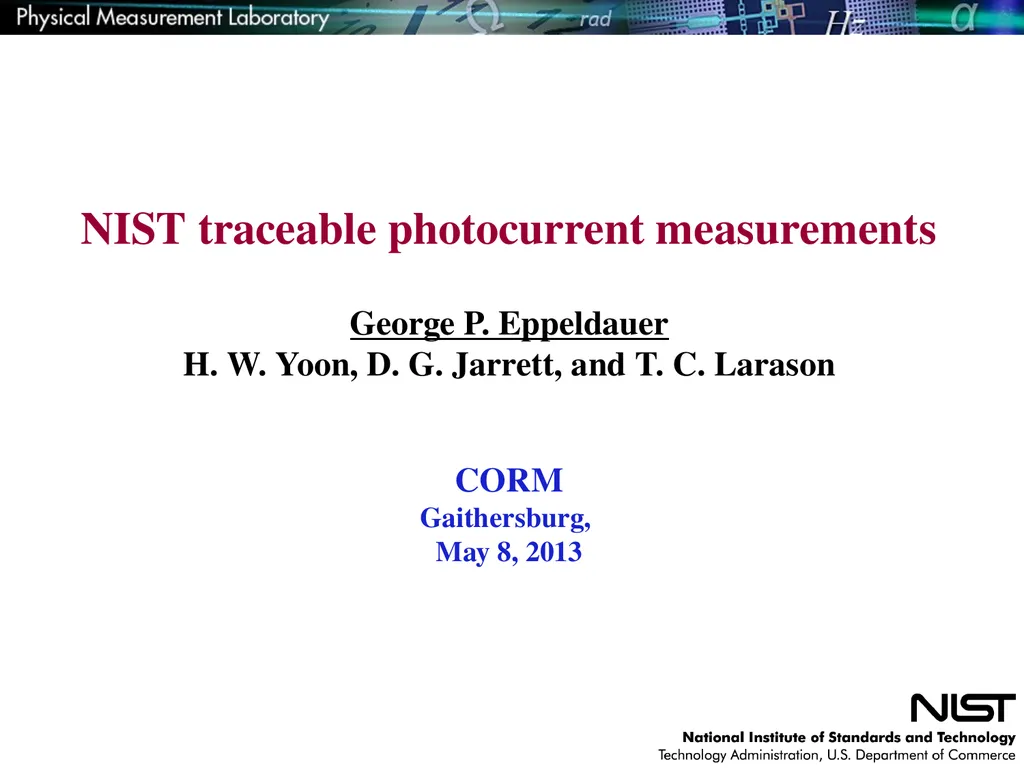
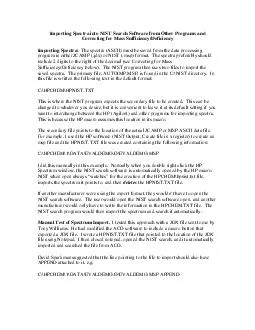
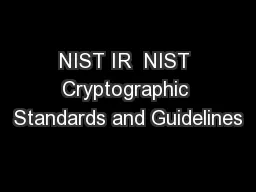

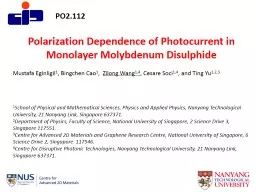


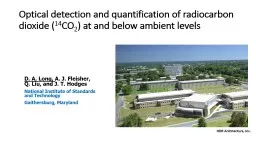
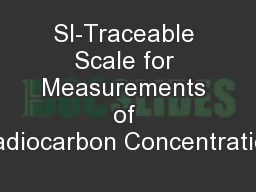
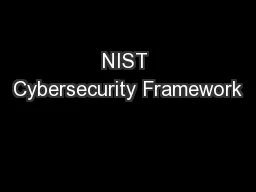
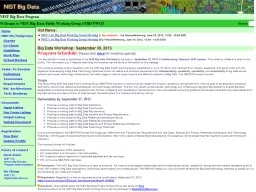
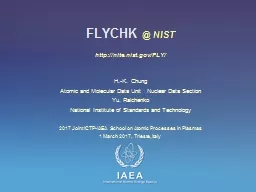
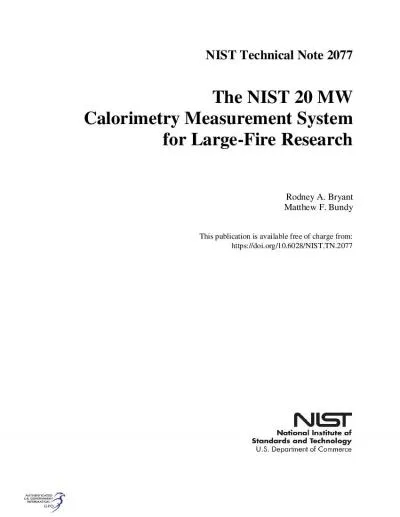
![[READ]-NIST 800 Control Families in Each RMF Step (NIST 800 Cybersecurity): RMF ISSO:](https://thumbs.docslides.com/984582/read-nist-800-control-families-in-each-rmf-step-nist-800-cybersecurity-rmf-isso-nist-800-53-controls-book-2.jpg)
![[PDF]-Certification Accreditation of Federal Information Systems Volume IV: NIST 800-39,](https://thumbs.docslides.com/986114/pdf-certification-accreditation-of-federal-information-systems-volume-iv-nist-800-39-nist-800-115-nist-800-123-nist-800-94-and-nist-800-88.jpg)